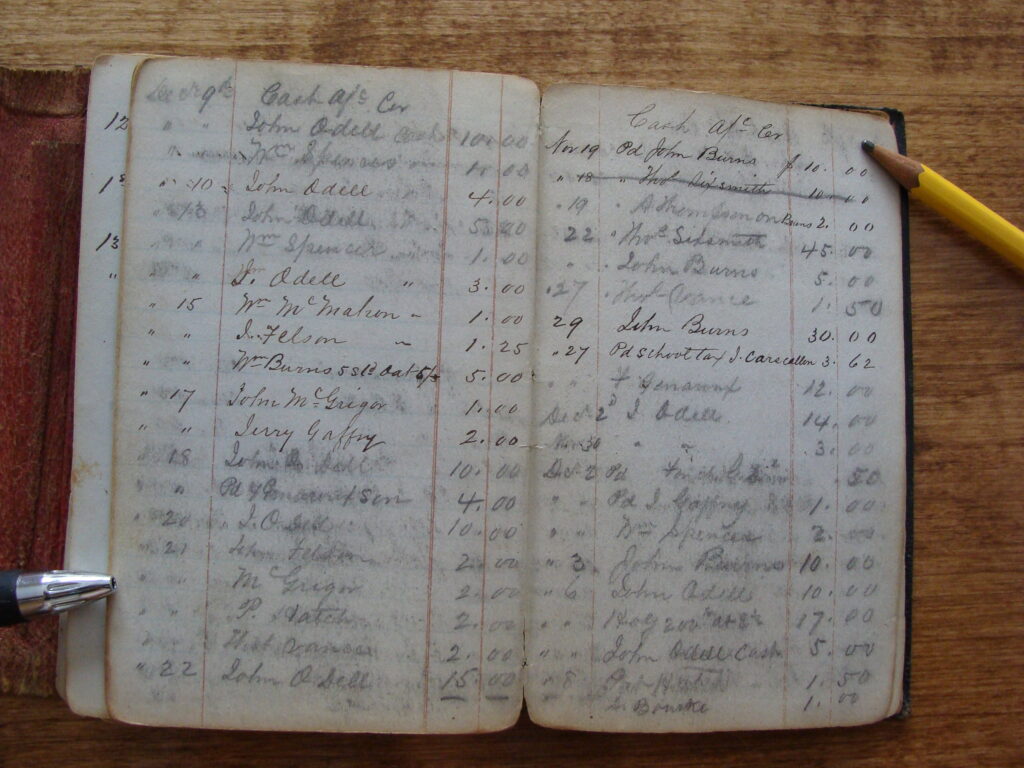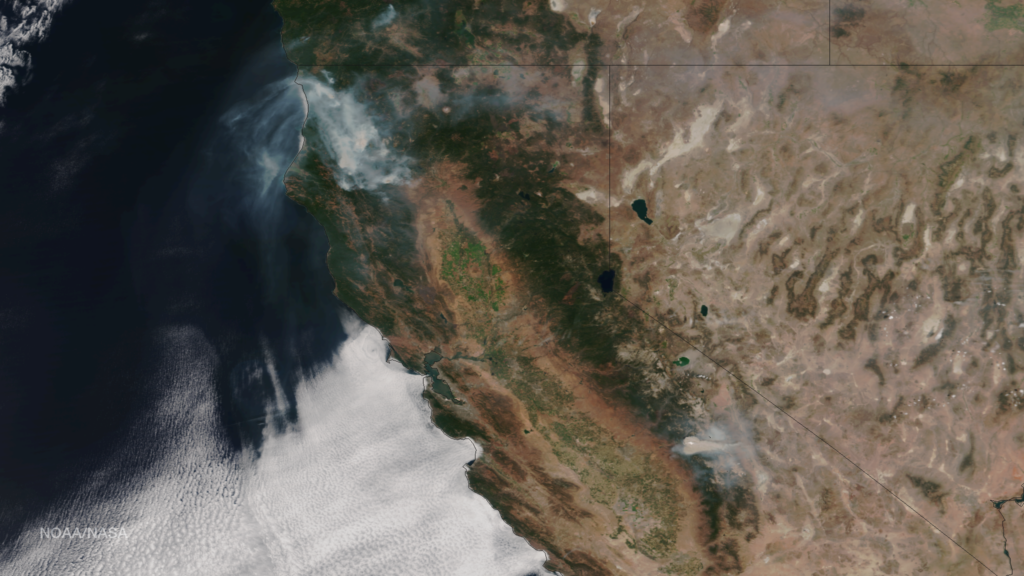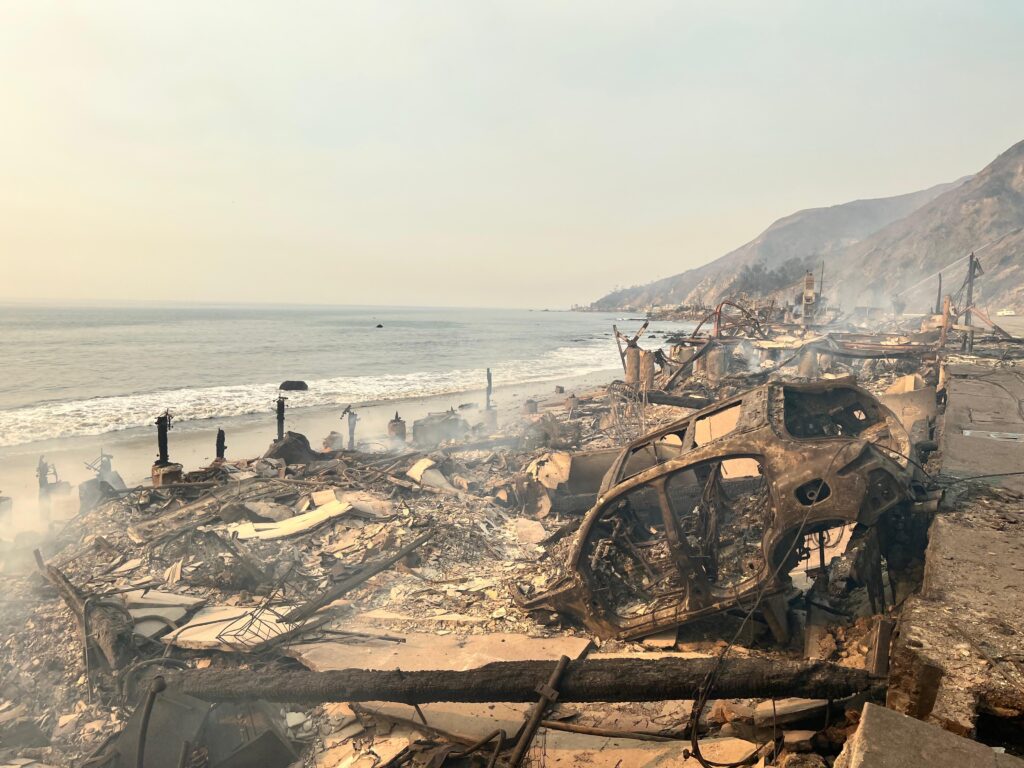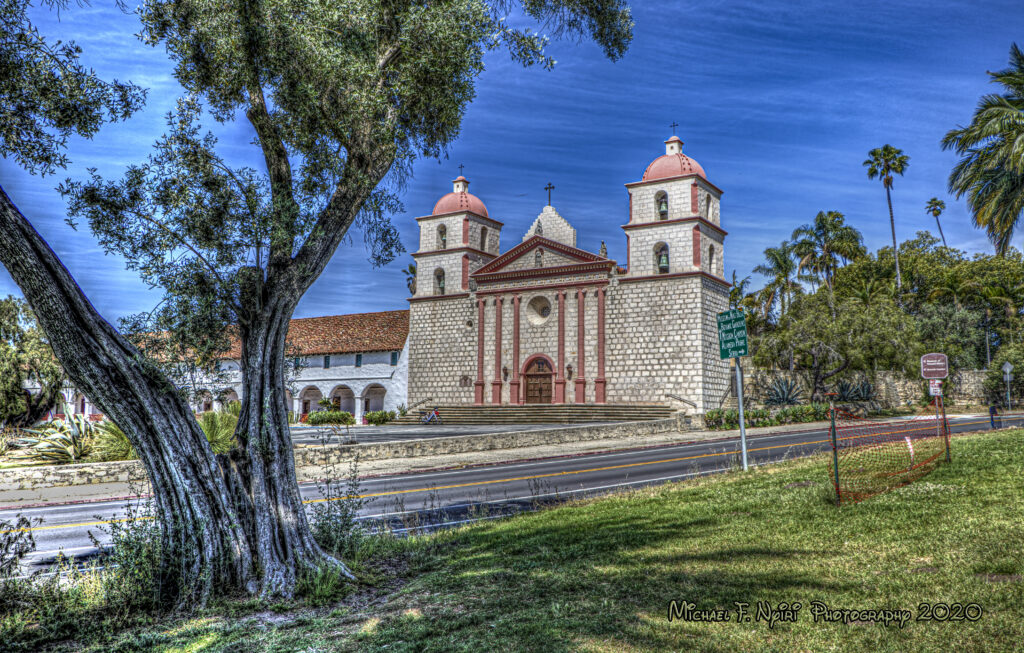Taking a Stroll Down the Road(map): New Leaps in Prototyping

Welcome to a new era in the Arches Project world! With the release of Arches Version 8 on June 15th 2025, the platform has taken a major leap forward—introducing powerful new features, refined architecture, and a more formal framework for developing and managing applications. At Farallon, we’re excited to unpack what’s new in V8. From architectural improvements […]
Taking a Stroll Down the Road(map): What Developers Need to Know

Welcome to a new era in the Arches Project world! With the release of Arches Version 8 on June 15th, the platform has taken a major leap forward—introducing powerful new features, refined architecture, and a more formal framework for developing and managing applications. We’re calling it: the dawn of the Arches Application Developer. At Farallon, we’re excited […]
What We Own: Agile Thinking and Trusted Partnerships

We work with a lot of clients. That’s not a humblebrag—it’s a serious consideration when you’re a small, cohesive team of project managers, software engineers, geospatial consultants, and business analysts. To deliver on our clients’ goals, Farallon’s project management approach must be thoughtful, measured, and agile. Over the past 25+ years, we’ve learned to be […]
Celebrating the Getty Provenance Index And Glimpsing the Future of Arches

On May 2nd, the Farallon Geographics team proudly joined the J. Paul Getty Trust in celebrating the launch of the remodeled Getty Provenance Index (GPI). This project has been years in the making, and it represents a major step forward in how the art and cultural heritage world can explore the histories of artworks and […]
Farallon Round-up: CalGIS 2025

Last week, the Farallon team was thrilled to join with the broader GIS community and take part in CalGIS 2025 as bronze-level event sponsors. The conference was an awesome opportunity to see the exciting new innovations coming to our industry, share some of our own breakthroughs, and reconnect with old friends—while also welcoming new faces […]
Reference Data Manager for Concept Hierarchies: What, Why, and How

We’ve taken a pretty detailed tour of Arches capabilities to this point, especially with our recent foray into the building blocks of your Arches implementation. In our exploration, we’ve stressed the importance of building semantic metadata into your Arches implementation in order to build complete, accurate, and interoperable data. At the heart of this effort […]
Turning Data into Recovery: Understanding the Story of LA’s Fire Damage

Today we’re tabling some of our exciting project updates and instead celebrating the initiative and collaboration demonstrated by Peter Hansen, one of Farallon’s Geospatial Systems Consultants. In January, the greater Los Angeles community was rocked by a series of devastating fires which did incalculable damage to homes, neighborhoods, people, and memories. The impact of the […]
Data Models for YOUR Business

In previous posts, we’ve spoken about Arches’ flexibility and the various tools it offers to streamline your business processes, which is all well and good but we’ve yet to focus on the exact mechanisms that allow Arches to make such a promise. That’s what we will be exploring today—Arches’ data models and the customization of […]
Technical Spotlight: Searching by Related Resources in Arches

Farallon 2025 Update Farallon is kicking off the new year with an exciting update! We’re launching our official YouTube channel, offering a new way to engage with our content and dive deeper into our work. What better way to celebrate the start of the channel than with a technical showcase of some enhanced searchability features […]
Stewardship Evolved: Arches and esri for Seamless Data Integration

January 16th, 2025 Over the course of our last few blog posts, we’ve been looking at how Arches provides the tools needed for organizations to be better stewards of their most important assets. And we believe that one of Arches’ most import features is its ability to create, visualize, process, query, and publish geospatial data. […]
